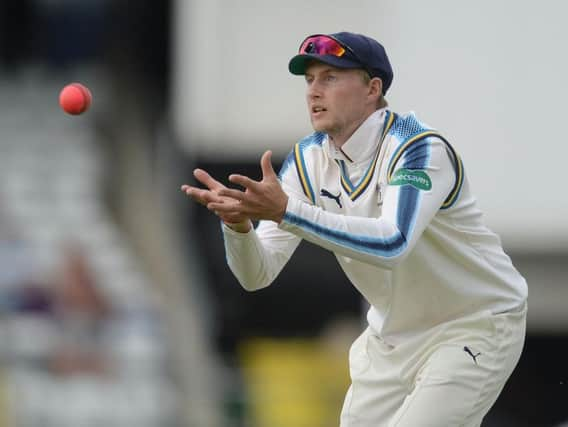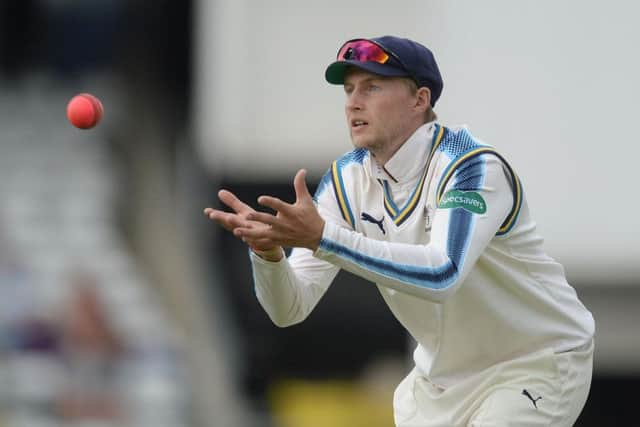Dark skies, bright lights and pink balls in day/night test


By then it will be eight years since the MCC Cricket Committee, a steering group populated by the great and good of the sport, issued its dire warning that "Test cricket throughout the world, and in particular the lower-ranked nations, is in very real danger of dying" and floated day/night matches as a possible remedy.
After 138 years and 2187 games as a sunlit pursuit, that became a reality in November 2015 as Australia defeated neighbours New Zealand in a watershed clash described by home skipper Steve Smith as "great for cricket" and "a roaring success" by opposite number Brendon McCullum.
Advertisement
Hide AdAdvertisement
Hide AdThe public signalled their own interest in the concept by streaming through the gates of the Adelaide Oval, 123,000 of them in three days for a record non-Ashes attendance.


Since then there have been three more outings, two more Down Under and one under the 'ring of fire' lighting rig of Dubai's national stadium, each one solidifying the concept in the landscape.
Now it is England's moment, as they host the West Indies and become the sixth Test-playing nation to take their turn under the bulbs.
A full round of Specsavers County Championship matches was set aside to pave the way in June, providing a chance to assess the pink Dukes ball in action across nine different venues and collate feedback from players, umpires and spectators.
Advertisement
Hide AdAdvertisement
Hide AdYet, even in the face of rapid change, some things remain constant and the British weather had the largest say of all leaving just three results possible and many crucial sessions washed out.


In the play that was possible, plans for some of England's key men to get early exposure fell by the wayside. Skipper Joe Root and deputy Ben Stokes faced a grand total of 20 deliveries between them, spinner Moeen Ali managed all of three overs with the ball, while Stuart Broad and Chris Woakes were not even fit enough to take part.
Only Alastair Cook and James Anderson, a pair of old dogs ever willing to try new tricks, really bucked the trend, piling on 193 runs and sending down 32 overs respectively.
Reaction from the dressing rooms was mixed. Former England bowler Tim Bresnan claimed bowlers faced "harder work" with the pink ball, Paul Stirling of Middlesex suggested it swung less than batsman expected and Leicestershire's Dieter Klein said "when the lights come in it's a completely different game".
Advertisement
Hide AdAdvertisement
Hide AdJason Roy, England's one-day opener, made a breezy 87 after just 15 minutes net practice and cheerfully explained: "Let's put it down to beginner's luck."
All of which underlines the infancy of the project and the limited base of knowledge, even as Edgbaston prepares to welcome the masses.
The morning of the 17th will be one like no other for Root and company. Bedside alarms will fall silent and the team's breakfast room will be unusually sparse, as the usual buzz of activity gives way to extra sleep ahead of extended evening endeavours.
By the scheduled close at 9pm more should be known - about the enthusiasm in the stands, the complicity of the weather and the on-field variables of the 'twilight' period where artificial light over-takes natural.
Whatever the lessons, the only direction appears to be forward, to floodlight fixtures in Adelaide in December and Auckland three months later, as cricket continues its march into night.